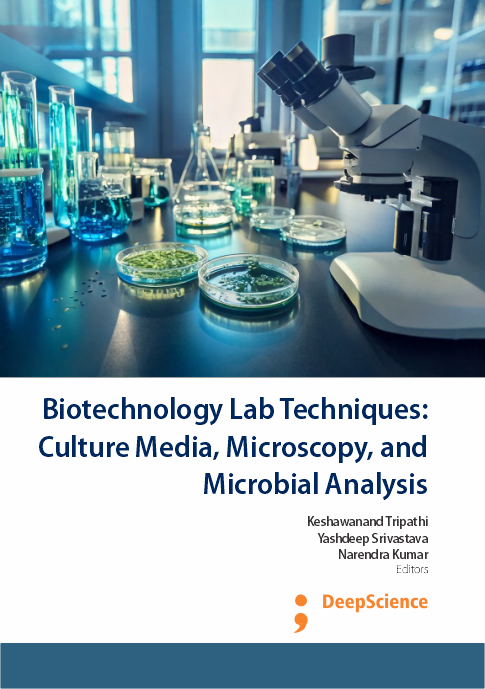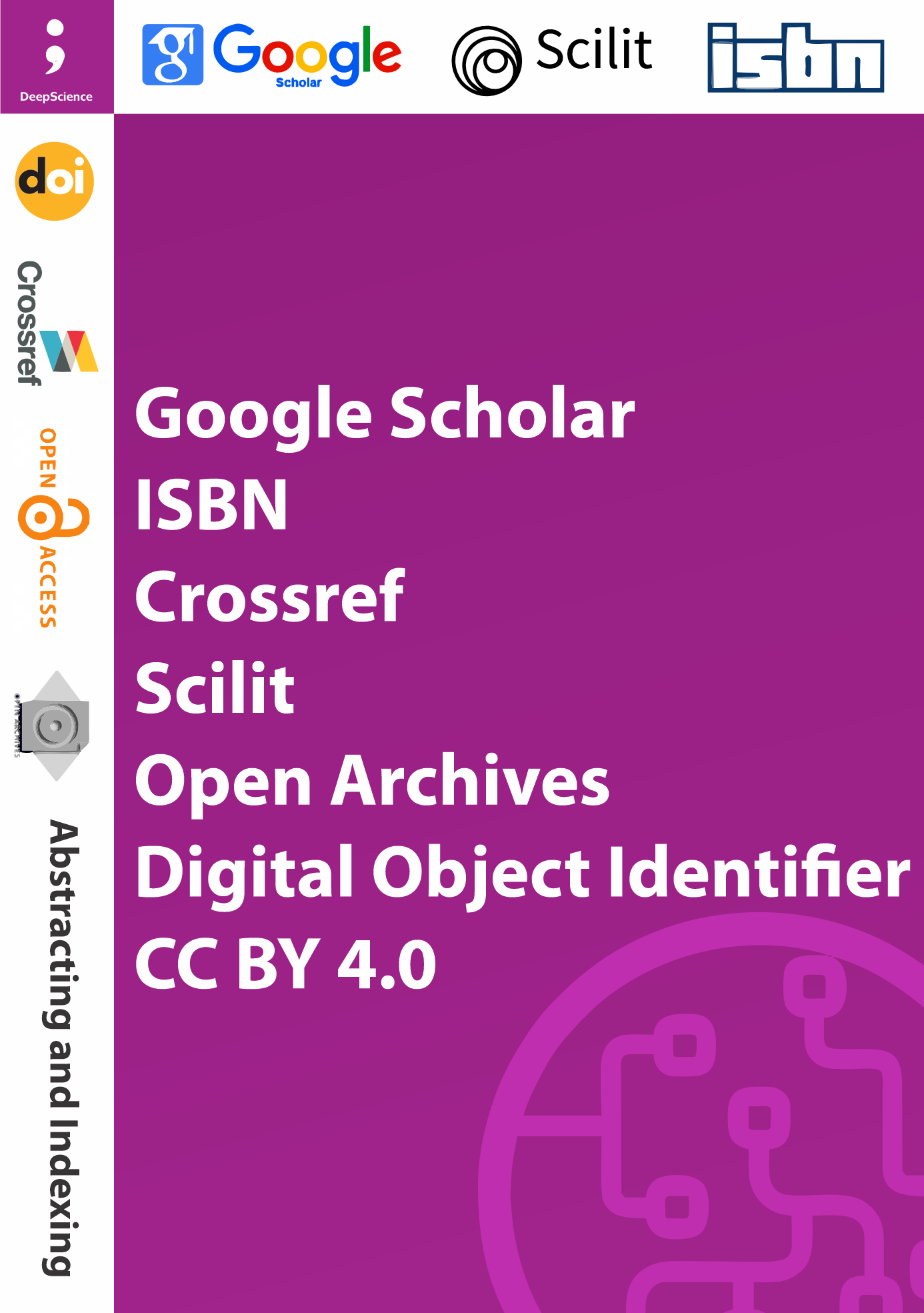Essential laboratory equipment and tools: Functions, handling, and applications
Synopsis
Principle: A microscope is an essential tool used to observe objects that are too small to be seen with the naked eye. It operates by magnifying these objects through a combination of lenses and illumination, revealing details and structures that would otherwise remain hidden. At its core, a microscope typically consists of several key components. The objective lenses, positioned beneath the stage, magnify the specimen, while the ocular lens, or eyepiece, further amplifies the image for observation. The total magnification is determined by the combined power of these lenses. The stage provides a stable platform for holding the specimen in place, allowing it to be easily manipulated for viewing. Light microscopes, the most common type, use visible light to illuminate the specimen. Bright-field microscopes provide basic magnification and contrast, while specialized techniques such as phase contrast and fluorescence microscopy enhance specific features or enable visualization of fluorescently labeled molecules (Thagela et al., 2018; Tiwari et al., 2022). In contrast, electron microscopes use beams of electrons instead of light to achieve much higher magnification and resolution. Microscopes are invaluable tools in scientific research, medicine, education, and industry, enabling discoveries across a wide range of disciplines and contributing to our understanding of the world at both the macroscopic and microscopic levels.














